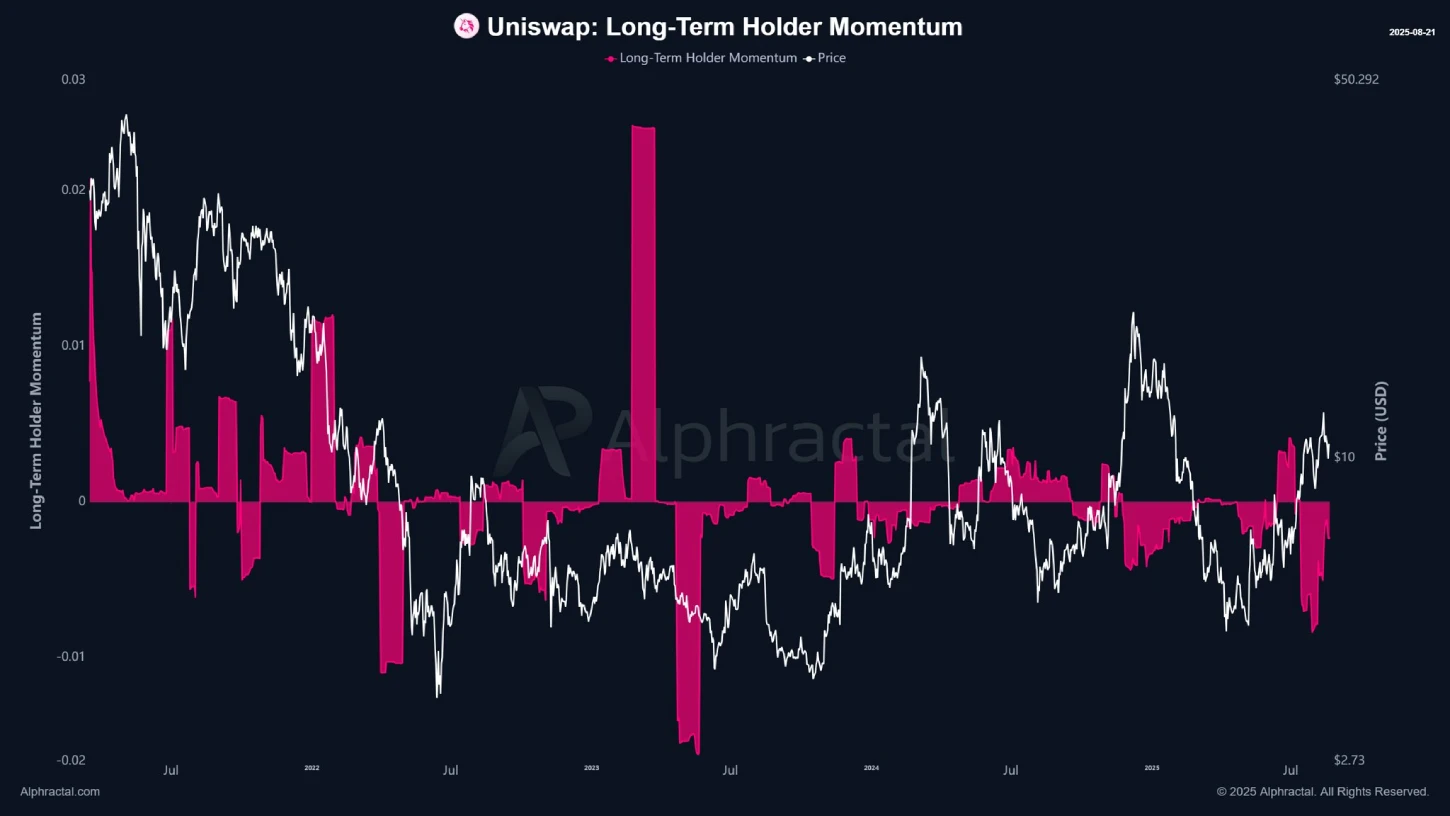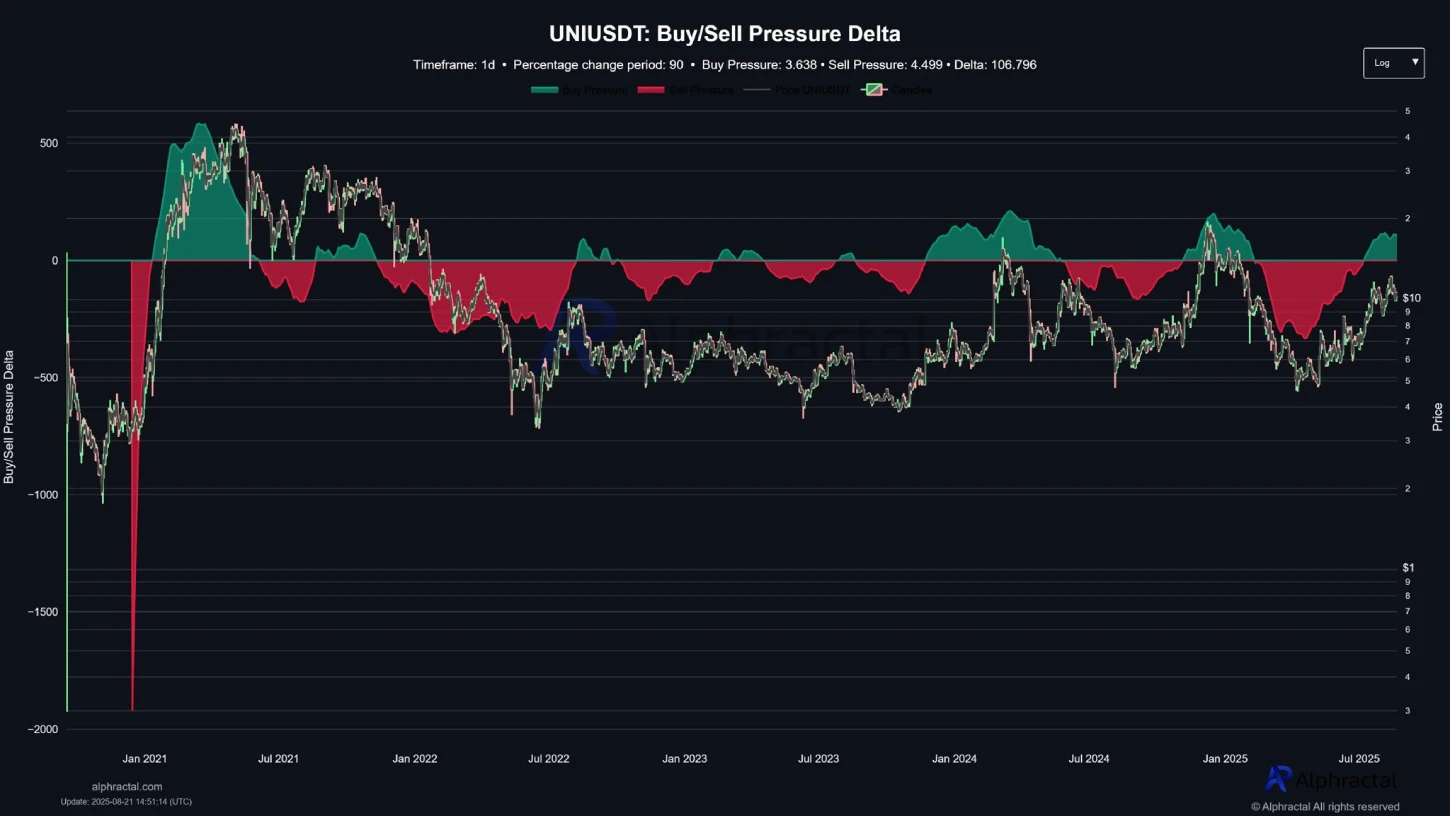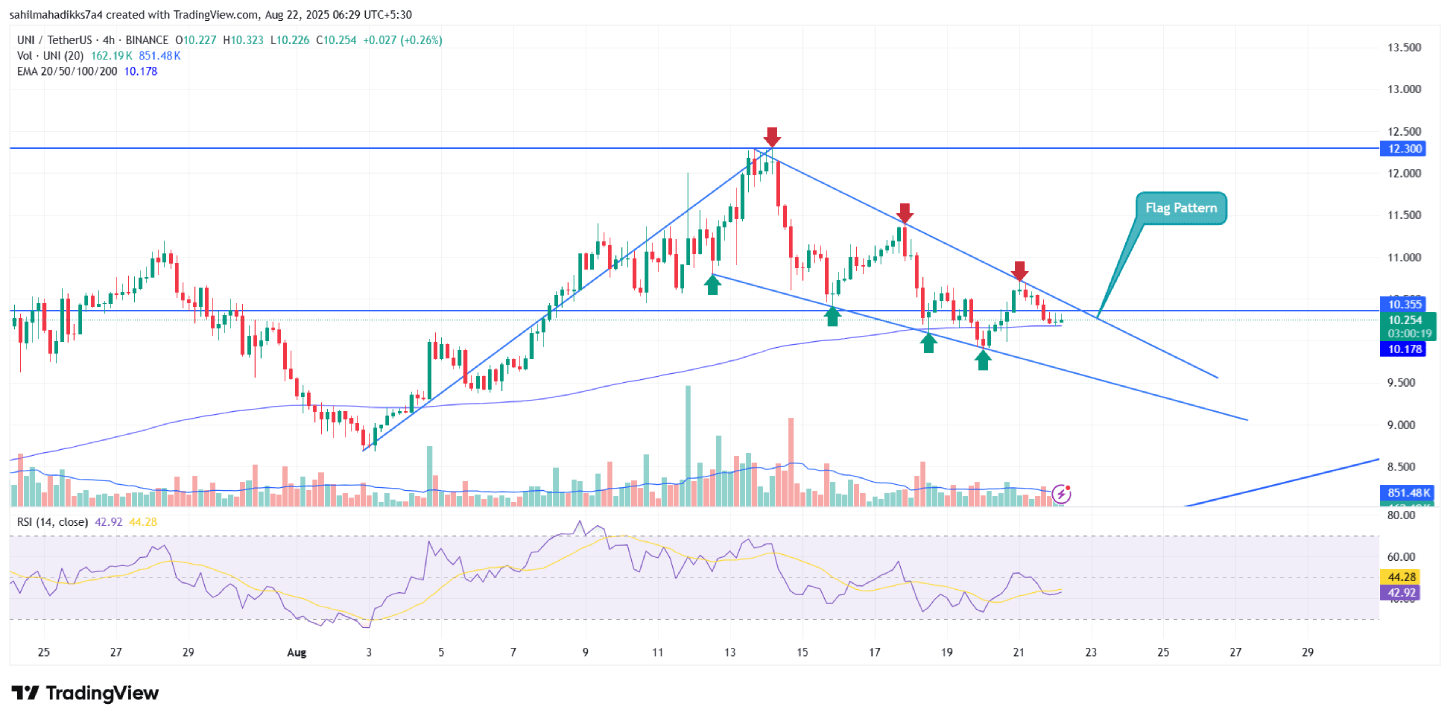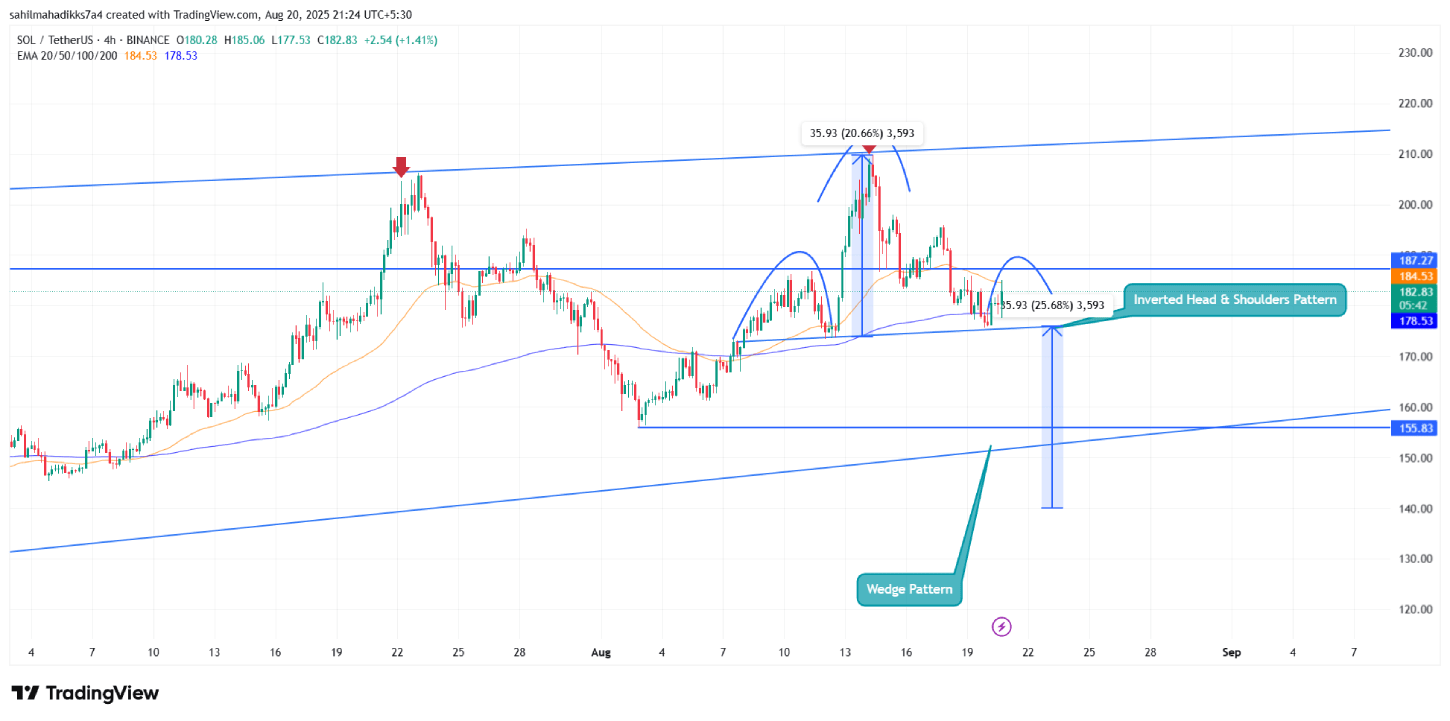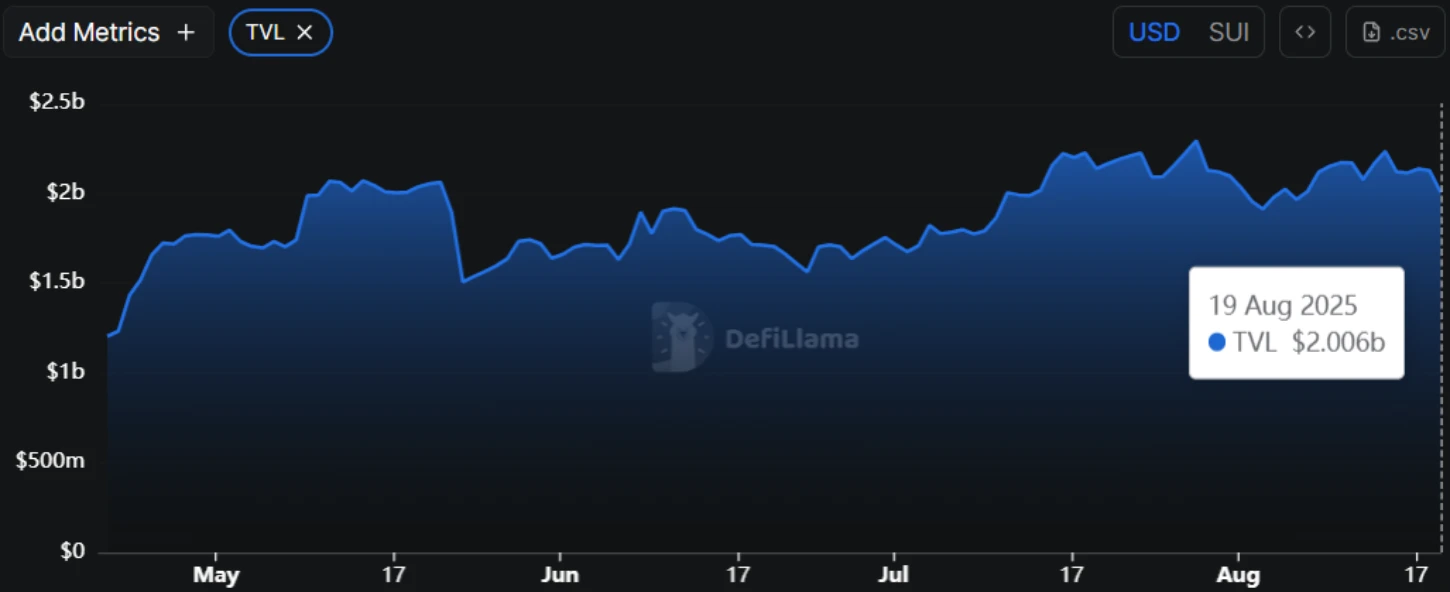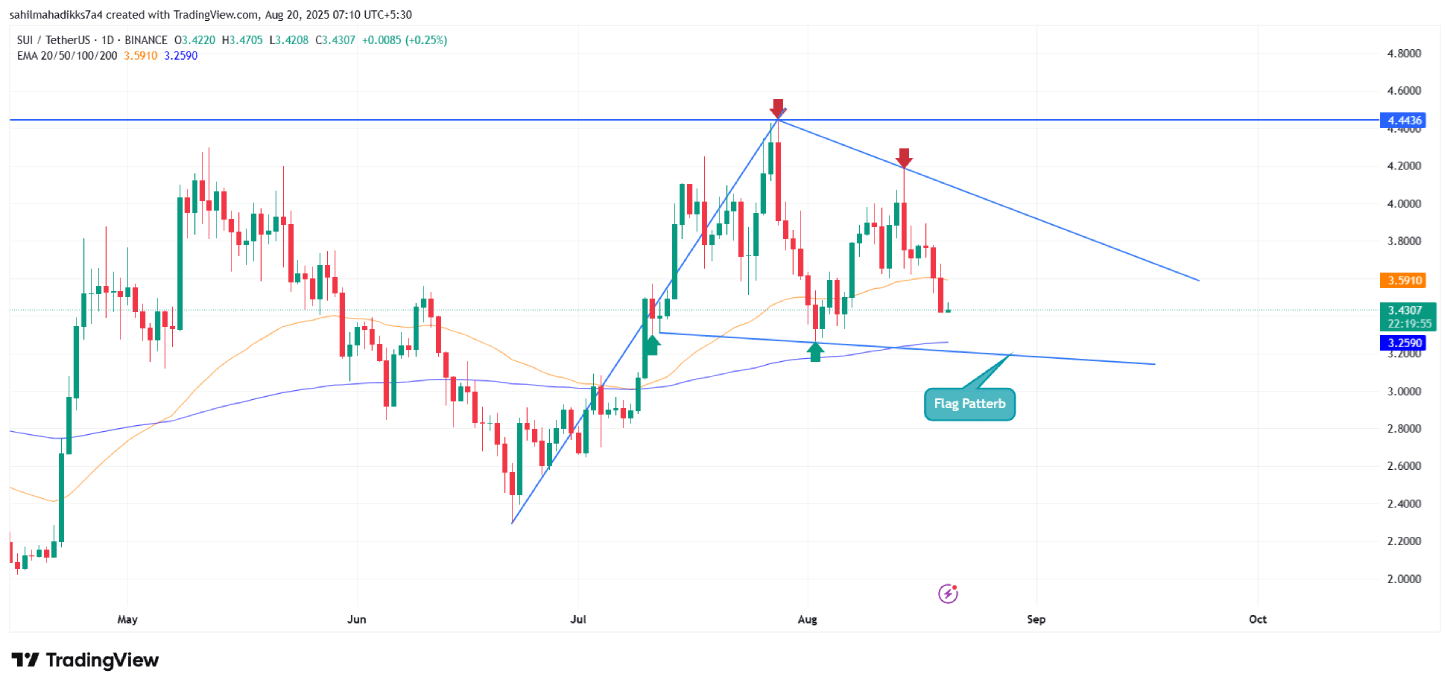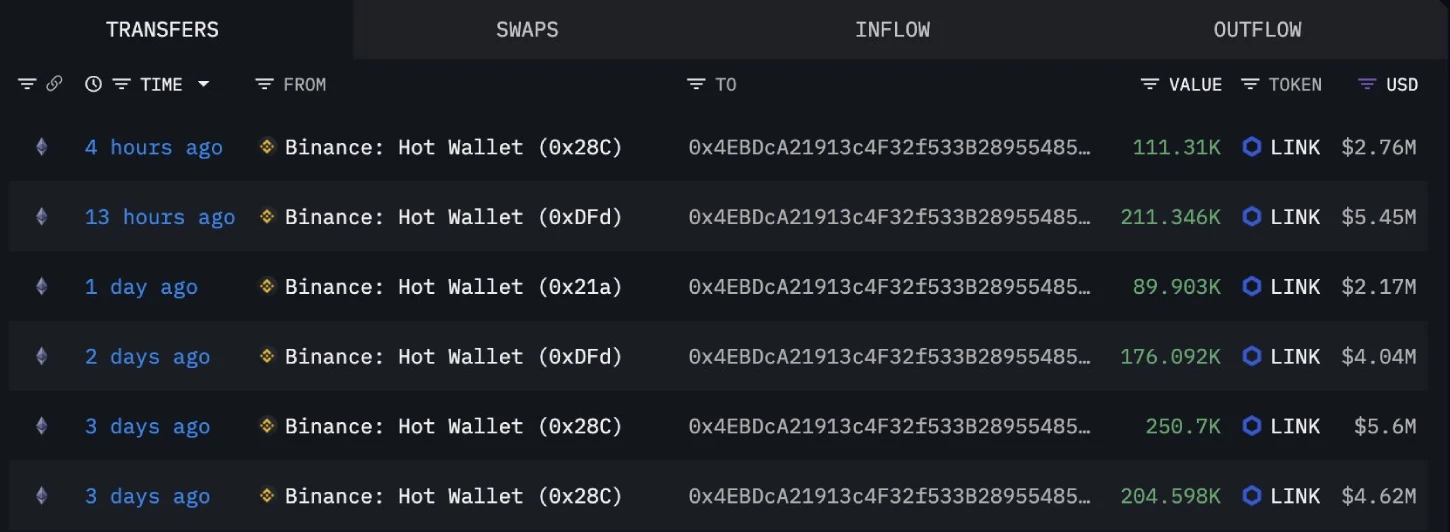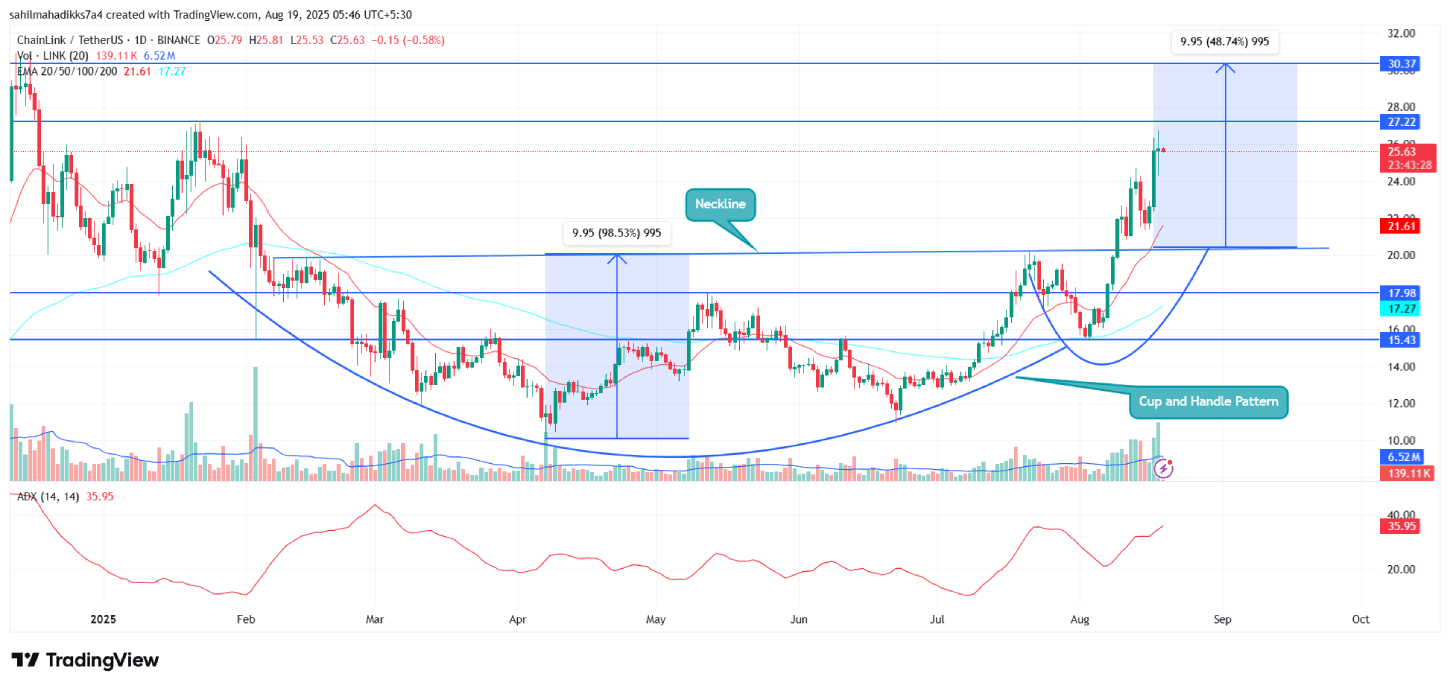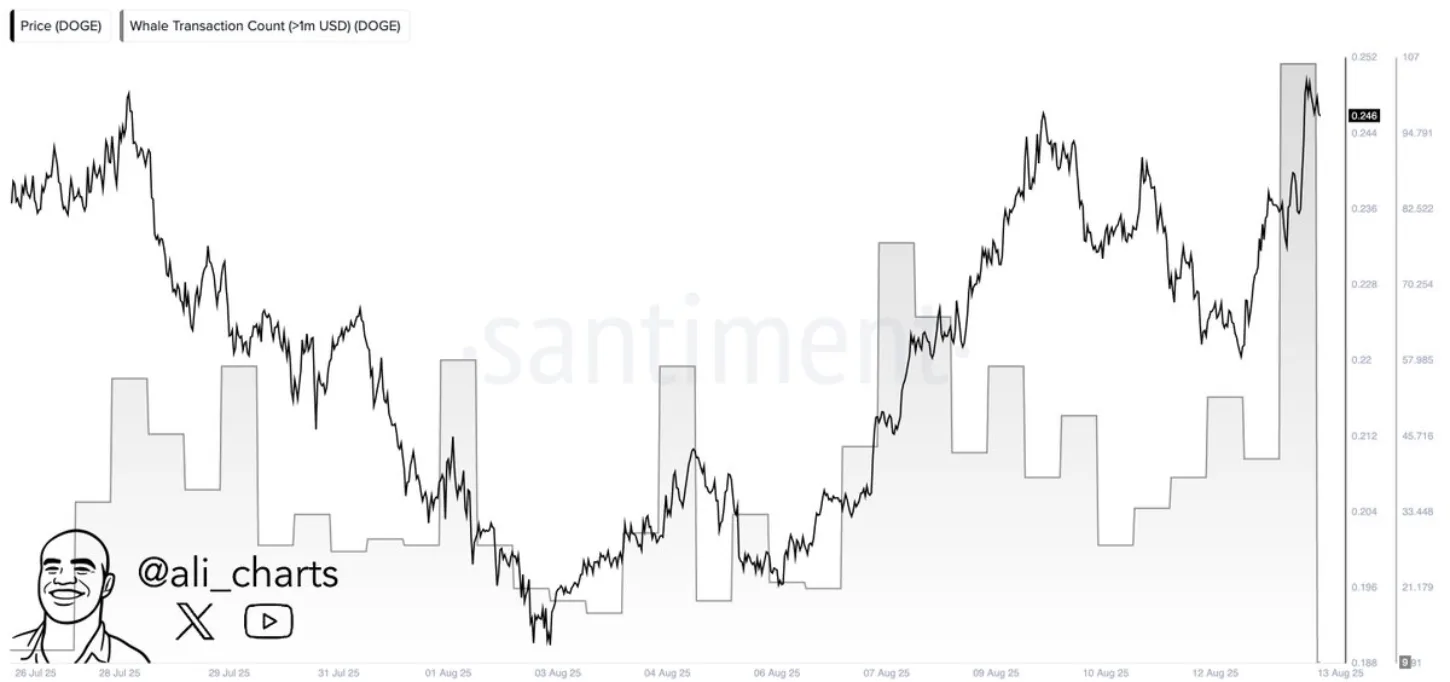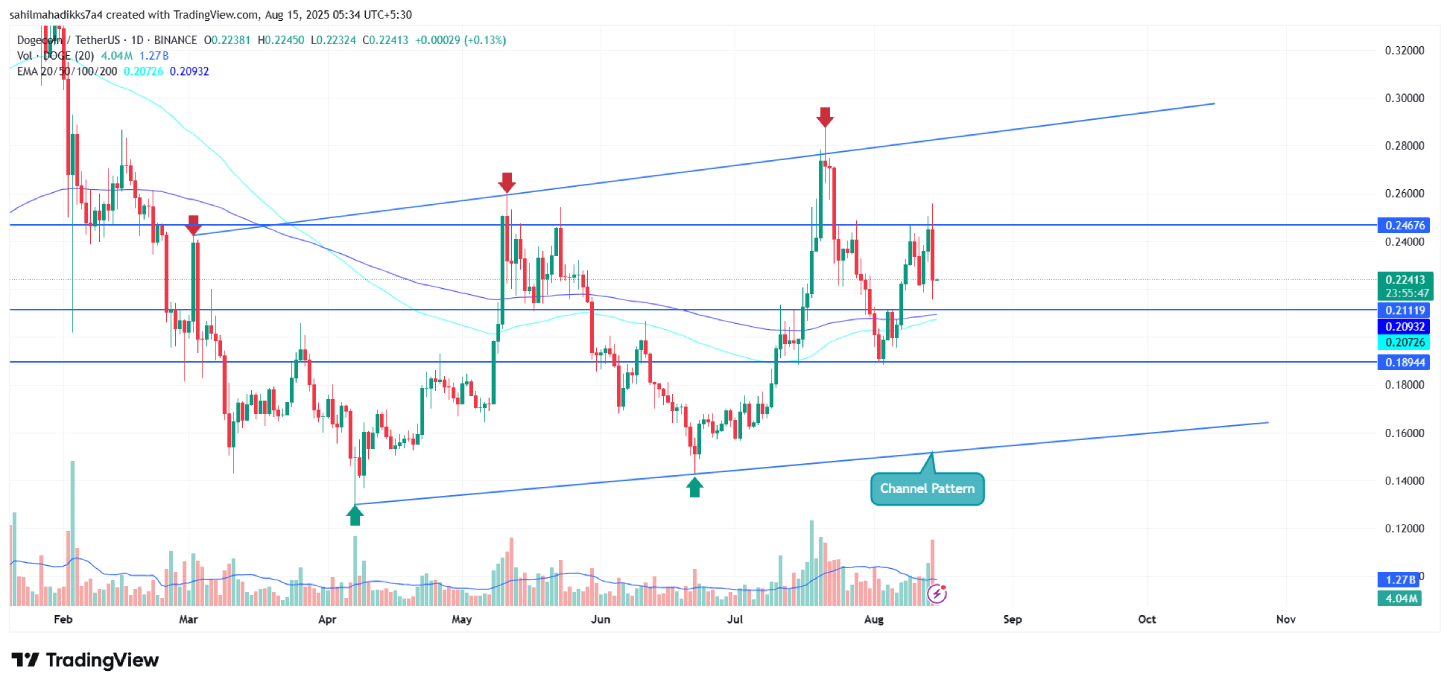Key Highlights
- The value of tokenized stocks has surged rapidly, with their market capitalization exceeding $370 million
- The movement is being driven by major traditional finance firms like BlackRock, Fidelity, and Goldman Sachs
- Major retail trading and crypto platforms such as Robinhood, Kraken, and Coinbase are racing to offer tokenized stocks
The World Federation of Exchanges (WFE) has issued a formal call for regulatory action against the proliferation of ‘tokenized stocks.’
According to Reuters, the World Federation of Exchanges (WFE) has urged regulators including the U.S. SEC, ESMA, and IOSCO to tighten oversight of tokenised stocks, warning that these products mimic equities without offering shareholder rights or market safeguards, potentially…
— Wu Blockchain (@WuBlockchain) August 25, 2025
This influential body, which represents over 250 exchanges and clearinghouses globally, contends that these blockchain-based instruments pose a substantial threat to investor protection and the fundamental integrity of established markets, according to the latest report.
“We are alarmed at the plethora of brokers and crypto-trading platforms offering or intending to offer so-called tokenized U.S. stocks. These products are marketed as stock tokens or the equivalent to stocks when they are not,” the WFE stated in a letter.
The move comes amid a growing institutional pushback against the rapid innovation occurring within the crypto sector, setting the stage for a pivotal regulatory clash.
What are tokenized Stocks?
Tokenized equities are digital tokens, built on blockchain technology, that are designed to track the price of a publicly traded company’s shares.
Crucially, however, purchasing these tokens does not confer actual ownership in the underlying corporation. Investors are not registered shareholders and thus lack critical rights, such as voting privileges or entitlement to dividends.
WFE Raises Concern over Tokenized Stocks
Despite this fundamental difference, the WFE alleges that these products are frequently marketed to retail investors in a manner that misleadingly suggests equivalence to traditional stock ownership, creating a potentially dangerous misconception.
The WFE’s concerns, detailed in a letter to major international regulatory bodies, extend beyond investor confusion. The federation warns of a tangible risk to the reputational standing of the actual companies whose stocks are being mimicked.
This argument is likely to resonate powerfully with regulators and publicly-listed firms alike, framing the issue as one of market-wide stability rather than mere technical compliance.
With prominent platforms like Robinhood and Coinbase advancing into this nascent space, the pressure on regulators to provide clear and enforceable guidelines is intensifying.
The WFE’s position is unequivocal, which is that securities laws must be rigorously applied to these novel assets, legal frameworks for custody must be clarified, and marketing practices must be strictly policed to prevent misleading comparisons.
The response from regulators will now be closely watched, as it will determine whether tokenized stocks can be integrated into the mainstream financial system or relegated to its periphery.
Earlier, the Securities Industry and Financial Markets Association (SIFMA) had asked the U.S. Securities and Exchange Commission (SEC) to reject requests from cryptocurrency companies seeking special permission to offer tokenized stocks.
“SIFMA members have been reading with significant concern recent reports indicating that certain digital asset firms have submitted requests for immediate no-action or exemptive relief from requirements under the federal securities laws to allow such firms to offer investors the ability to purchase and trade tokenized equities or other digital forms of traditional securities through the firms’ platforms,” stated in an open letter.
Boom in Tokenized Stocks
Imagine a digital version of a company’s stock, like Apple or Tesla, but one that you can buy and sell online just like a cryptocurrency. These are called tokenized stocks. They’re built on blockchain technology, which allows for trading at any time of day, buying tiny fractions of a share, lower costs, and opening up access to investors all over the globe, often without the need for a traditional bank or broker.
The growth of these tokenized stocks in 2025 has been explosive. By the middle of the year, their total market value skyrocketed past $370 million after a huge 220% surge in their worth, creating a wave of excitement similar to the early days of decentralized finance. The amount of money being traded on certain platforms shot up from $15 million to a massive $100 million every single month.
This boom is being led by some of the biggest names in finance. Giant firms like BlackRock, Fidelity, and Goldman Sachs have started offering these products, helping to push the total value of tokenized company shares to over $50 billion.
Companies are eager to get involved because turning stocks into tokens creates new opportunities and makes markets run more smoothly.
Popular trading apps are joining in, too. Robinhood, for instance, made over 200 tokenized stocks available for its users in Europe, even including shares from private companies like OpenAI. This move was so popular it helped drive Robinhood’s own stock price to an all-time high. Other major crypto exchanges are also racing to launch their own approved versions.



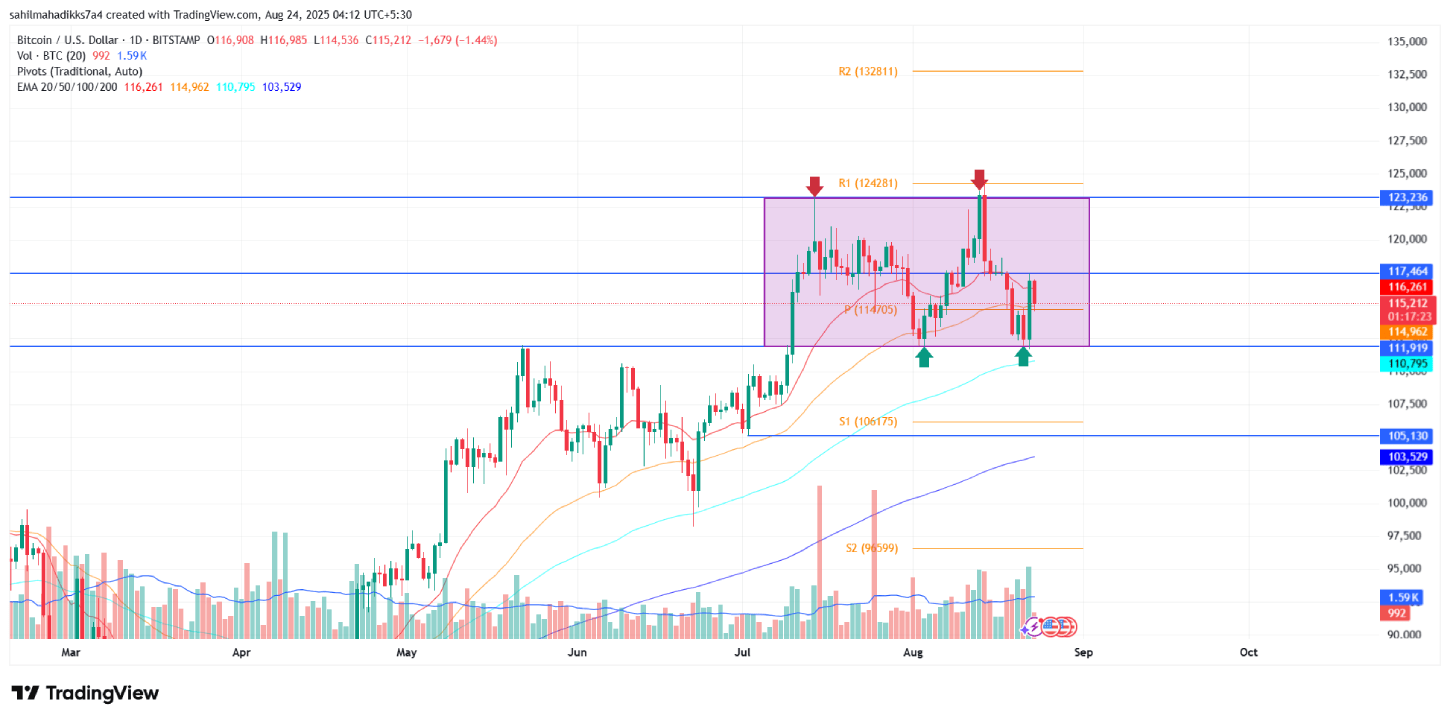

 (Source:
(Source: 
